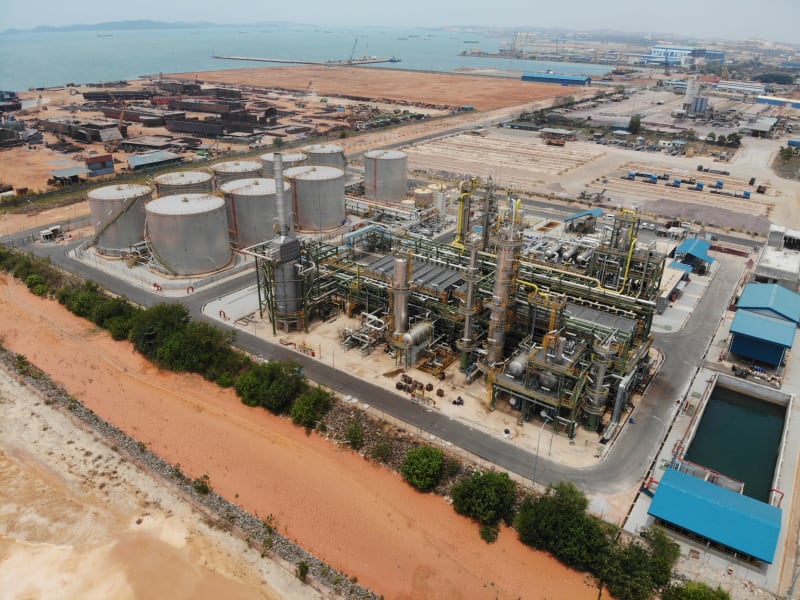Update on turbulator removal..
The removal was extremely difficult due to availability and support here in Batam island. Covid19 did its part by limiting access of equipment and manpower. Anyway, we removed the bundles and heated the tubes up to 350 Deg C in a furnace (electr heated). It took total 2.5 weeks to remove most of the 1282 (2 x 641) pcs. The heating up had the following advantages but still it required other methods:
1. Heating reduced the viscosity of the residue (basically asphalt). The residue became low viscose and ran out of many tubes. However, the turbulators were like cemented into the tubes. Pulling was still impossible- twisted tapes were torn apart.
2. The heat exchanger maufacturer (not experienced in cleaning such tubes - and not the original manufacturer)used air lances to blow the tubes. This resulted in vaporizing the residue but also ignited the coke inside with the negative side effect of sparks flying out and therefore high temperature impact on the tube material. I was worried that we burn the tubes, which at the end did happen. We found 9 leaks and have to plug those. Still the removal was very difficult, we even had to use forklift to pull.
After 2.5 weeks we had all pieces removed with the result of currently 9 leaks and 16 tubes where rests of burned turbulators remain inside (melted and torn apart).
3. We did hydro jetting 15000 psi to remove coke and it works well.
So here is my current challenge, where I would like to get your feedback.
1. These 16 tubes with remaining parts of the melted turbulators might have damaged wall thickness (SS316L 25.4mm x 2 mm). We cannot meassure it as the tubes are not accessible. Hydro test 1.1 x design can only be done when installed in the shell as we do not have any test rings. This is no issue as long there are no new leaks coming up. It would require to remove the bundles again from the structure 30m high etc. Time consuming job under the current situation.
Question: Should we plug these 16 tubes too, where the turbulators were burnt to avoid possible leaks? I learnt that you have to drill a hole into the tubes, which are not leaking but have to be plugged. Drilling is also not possible. The reduced heating surface is not an issue for the capacity. But leaking thermal oil 275 Deg C in our product is something we must avoid.
I have uploaded some pics and videos if someone is interested to see the process of removal. It shows the heating furnace in operation, the pulling of turbulators, heat colours on the tubes, deformed tubes, hydro jetting and some damaged baffle plates due to quality issues during assembly of the heat exchangers)
Download link available until 04/08/20:

